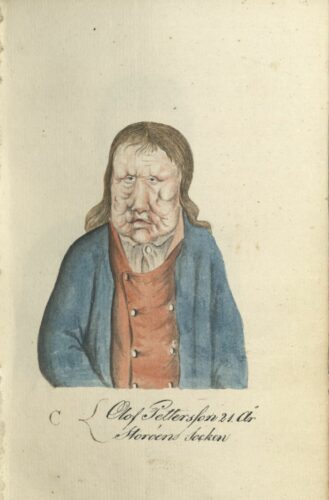A disease shrouded in myth
Leprosy is one of the oldest diseases we know of. It has often been associated with religious and social stigma, and people all over the world have experienced that their symptoms and diagnosis have had wide-ranging, long-term consequences for the further course of their lives. However, it is important to point out that not everyone with leprosy was ostracised or isolated. Some remained living with their families and were part of their local communities, and many have received help and support from various sources.
It is important to be aware of how we use terminology when discussing leprosy. Using the correct terminology can help to reduce social challenges some people who have experienced leprosy may still experience today. Referring to present-day individuals who have been diagnosed with leprosy as ‘lepers’ is unthinkable and is regarded as extremely offensive. Even though the disease can be cured and its prevalence is in strong decline worldwide, people who contract leprosy and their families still face prejudice and discrimination. Ignorance about the disease and outdated perceptions and taboos can often be an obstacle to treatment. It is therefore fair to say that leprosy today is more of a social challenge than a medical one.

Foto: © Image courtesy of the Hagströmer Medico-Historical Library, Karolinska Institutet.



